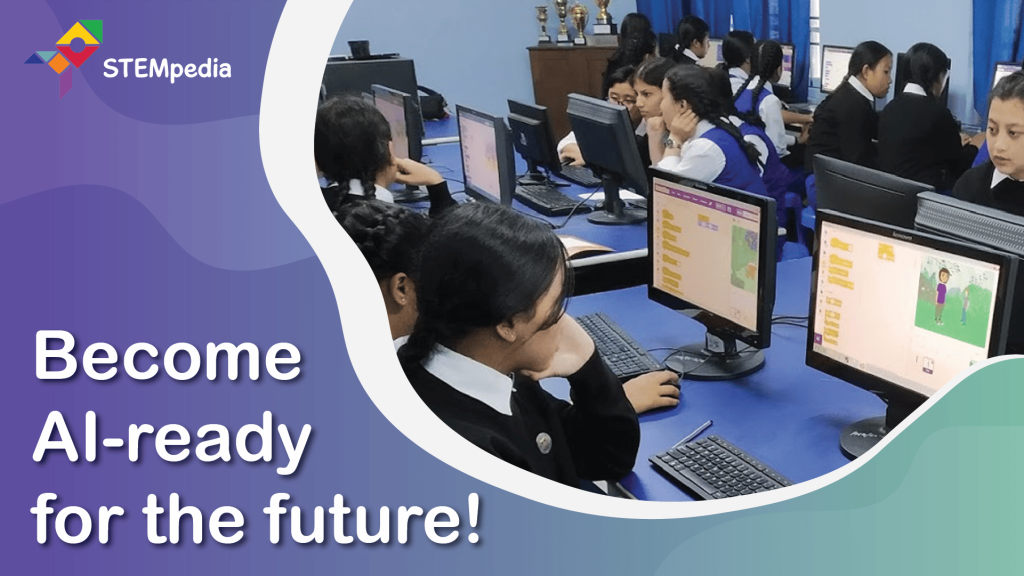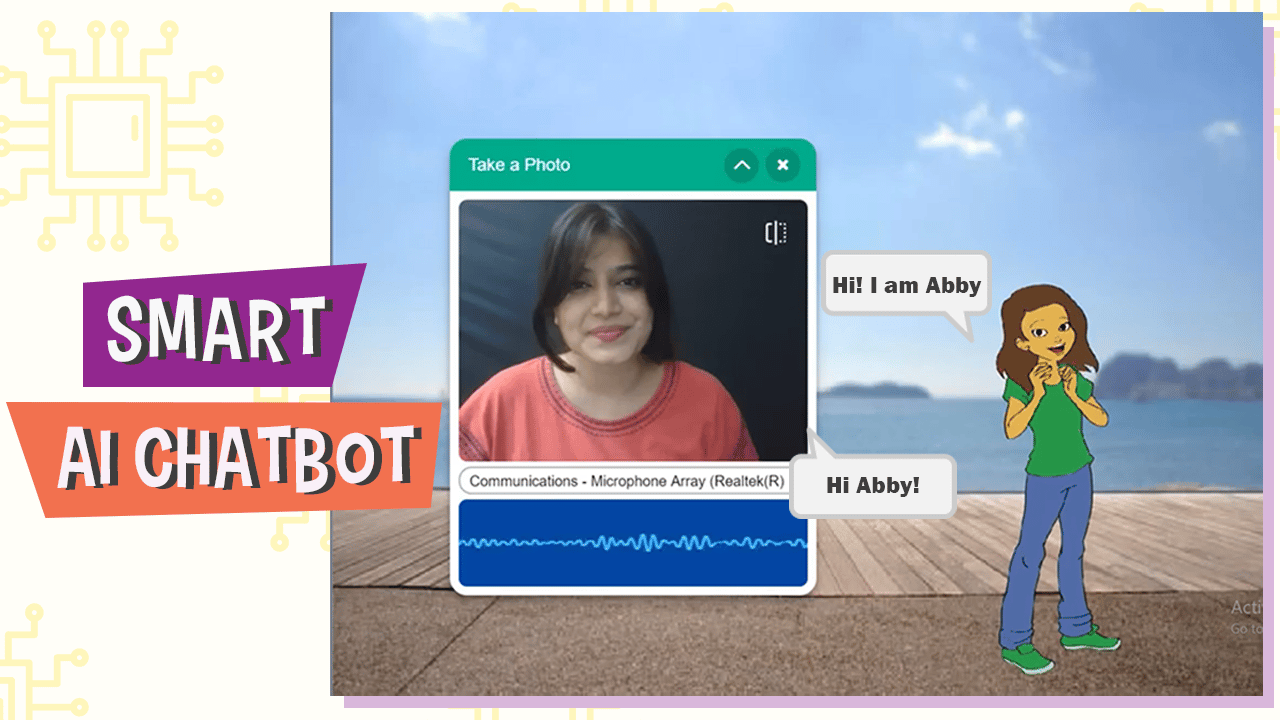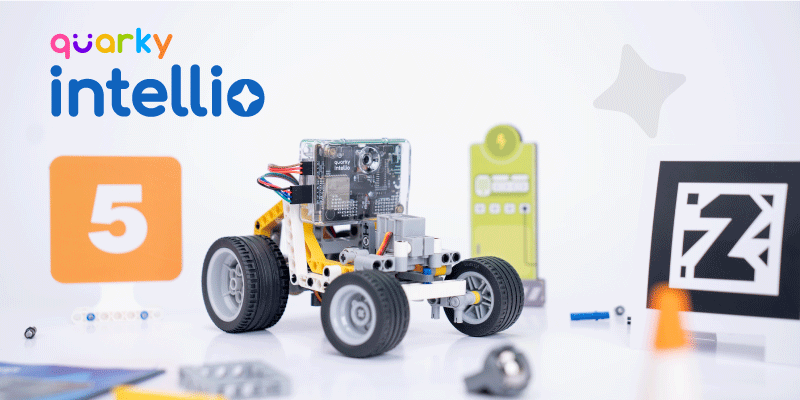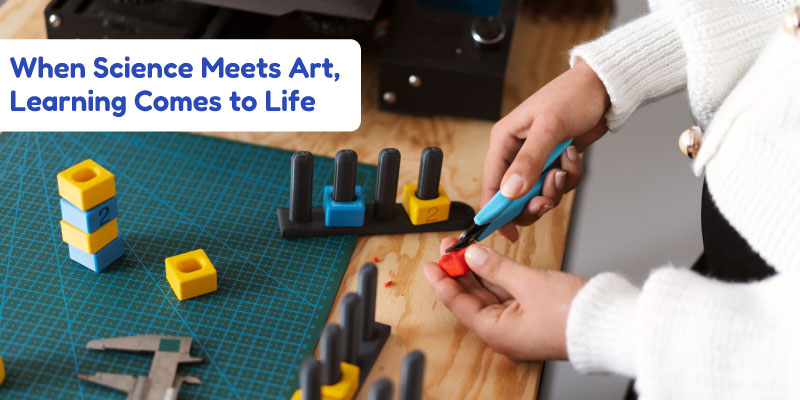On the eve of Independence day, 14th August 2020, a collaborative spirit between Atal Innovation Mission, NITI Aayog and NASSCOM produced the ATL AI Step-up module – a sequel to the AI base module (which was released earlier) – for firm action to ensure our young minds are equipped to use AI in the next digital era.
The ATL ecosystem enables students to become problem solvers by giving access to 21st-century technology and skills. Hence, the ATL AI Step-Up module has been designed to fully leverage the possibilities and capabilities of an ATL (Atal Tinkering Lab) and therefore, includes AI-based projects so that it aids in teaching AI concepts in schools in an interactive and fulfilling manner.
Note: You can rewatch the release of the ATL AI step module here.
Let’s dig deeper now!
Also read: ATL AI Step-Up Module: Empowering Young Minds to Explore the World of AI
The ATL AI Step-up Module – a Synopsis
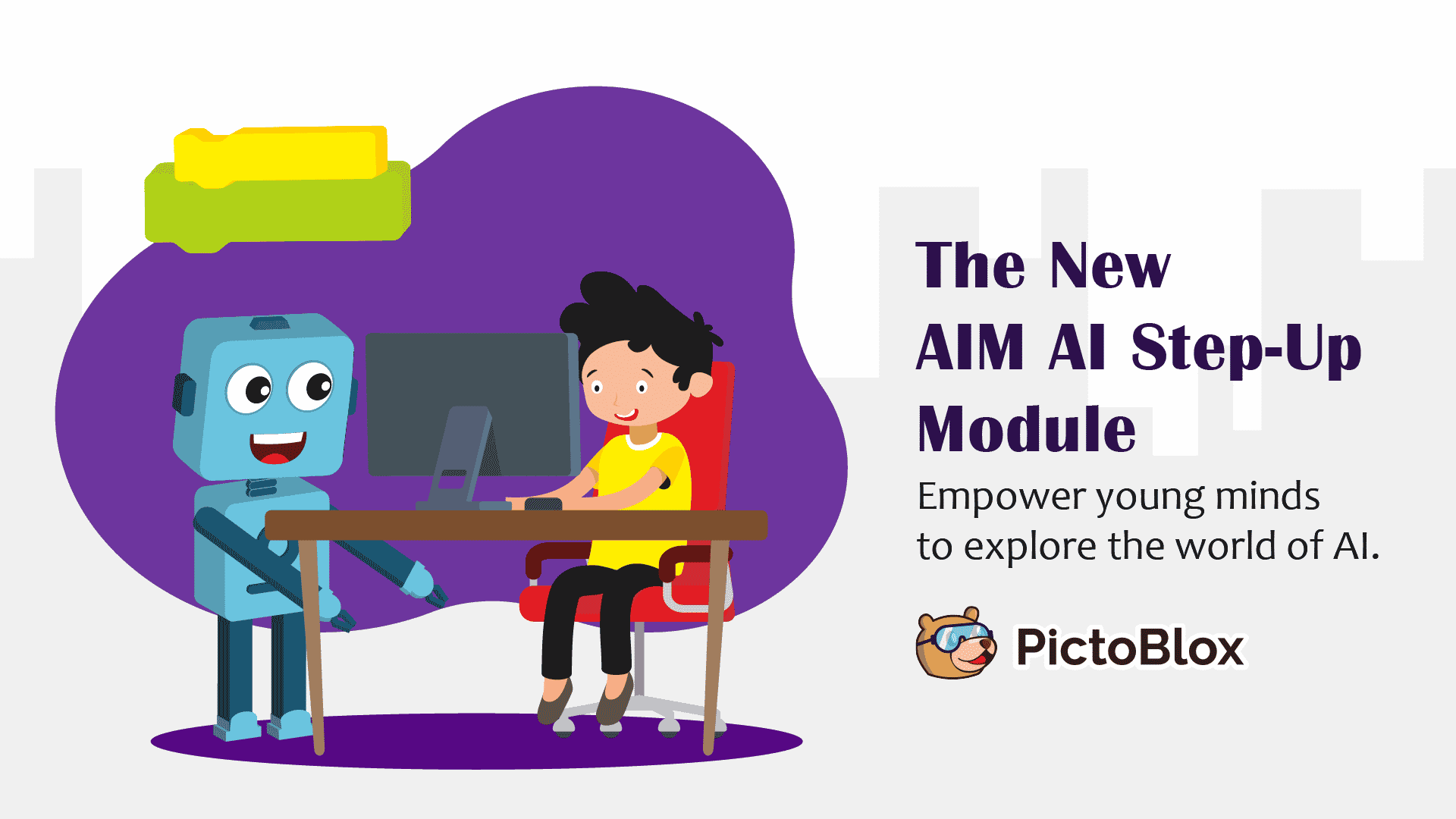
This module is a combination of flavourful exercises and engaging AI topics so students can have a fun AI learning experience. The hands-on and activity-based approach helps the students hone their skills across various aspects of AI technology.
The module is divided into 8 units, each of which explains an element in the development of AI in detail. Let’s have a look at the units:
- Reconnecting with Artificial Intelligence: This unit recalls the key learnings of the base module of “Let’s learn Artificial Intelligence”. It lists the areas where AI is being used and the technological tools used while stating the steps involved in building artificial intelligence. It also explains how graphical programming works and teaches concepts like loops and conditional statements.
- Ethics in AI: The module not only touches about the technicalities and applications of AI but also discusses the moral compass and how to realise that into AI. It covers fairness, robustness, explainability, privacy, governance and what contributes to “Ethical AI”- what is wrong and what is right – a generally underemphasized AI concept.
- Machine Learning: This unit explains how machine learning forms a core for the development of AI. It teaches how to program a machine to gather data and train it to evaluate it. With this data, the application of neural networks to recognise patterns and detect anomalies will be used. There is also an explanation of deep learning and how both will be used for prediction. Since this unit uses mathematical concepts, there is a part on essential maths for ML.
- Natural Language Processing (NLP): This segment aims to understand the linguistic part of AI. How NLP works, its applications and its use cases. It includes Speech recognition and sentiment analysis and how applications like Alexa and Siri are made and work.
- Computer Vision: In this unit, students learn how a computer uses a camera to see and understand its surroundings. The unit also covers optical character recognition to understand written and printed text and also face detection and recognition.
- Databases and SQL: At the end of this unit, students will be able to create a relational database with tables filled with fields and their values and then find out the primary key, cardinality and parent-child relations. They’ll also learn SQL (Structured Query Language) to create, update, delete, query and modify data from databases.
- Python: This will Introduce students to python programming and IDEs (Integrated Development Environment). They’ll learn core programming concepts, apply data science libraries and know how to write a clean and logical code. We’ll also develop and deploy applications using the Heroku hosting site.
- Algorithms: In this final unit, we’ll be learning about the heart of artificial intelligence. The ultimate intelligent work is done by commonly used algorithms like supervised learning, unsupervised learning, and reinforcement learning. We’ll also learn to train and evaluate classification, regression, association rule, clustering and dimensionality reduction model algorithms.
As we can see, these comprehensive units walk us through each AI concept element in the development of AI and machine learning (and not just an overview). However, fret not, it’s not just all theory with images thrown into the module, but also ATL AI-based projects based on the units which we’ll be looking at below.
ATL AI-Based Projects in the Module
“Tell me and I forget. Teach me and I remember. Involve me and I learn.”
– Xunzi, a Chinese Confucian.
We believe that in order to learn something, we must apply it and only then, we can understand its intricacies and retain it. And thus, this module includes a list of ATL AI-based projects which apply the AI concepts taught. Let’s look at what projects are featured in the module below:
-
Air Draw Using Artificial Intelligence
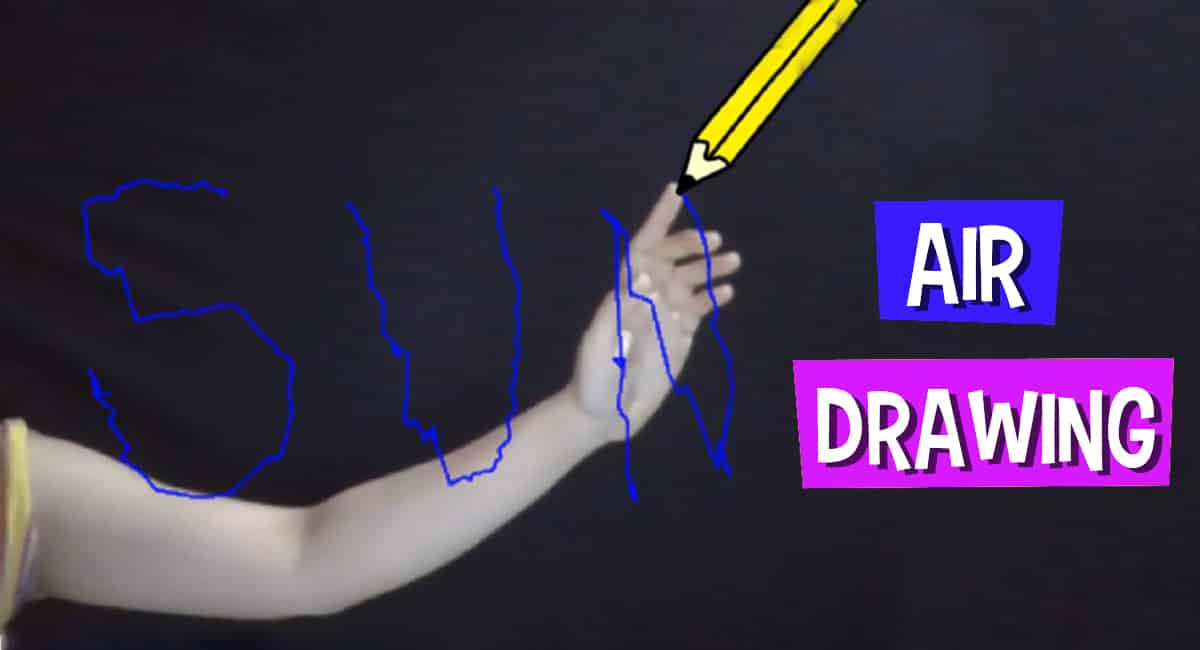 This project is fairly simple. We’ll be using our hand to draw in the air and the computer will pick up our hand gestures to draw on its screen. The learning outcomes of the project will let us understand how graphical programming works, understanding programming concepts like loops and conditional statements and using a pre-trained model for the project.
This project is fairly simple. We’ll be using our hand to draw in the air and the computer will pick up our hand gestures to draw on its screen. The learning outcomes of the project will let us understand how graphical programming works, understanding programming concepts like loops and conditional statements and using a pre-trained model for the project.You can find the detailed instructions of this project here.
-
Face Recognition Using Scratch (Expression Detector)
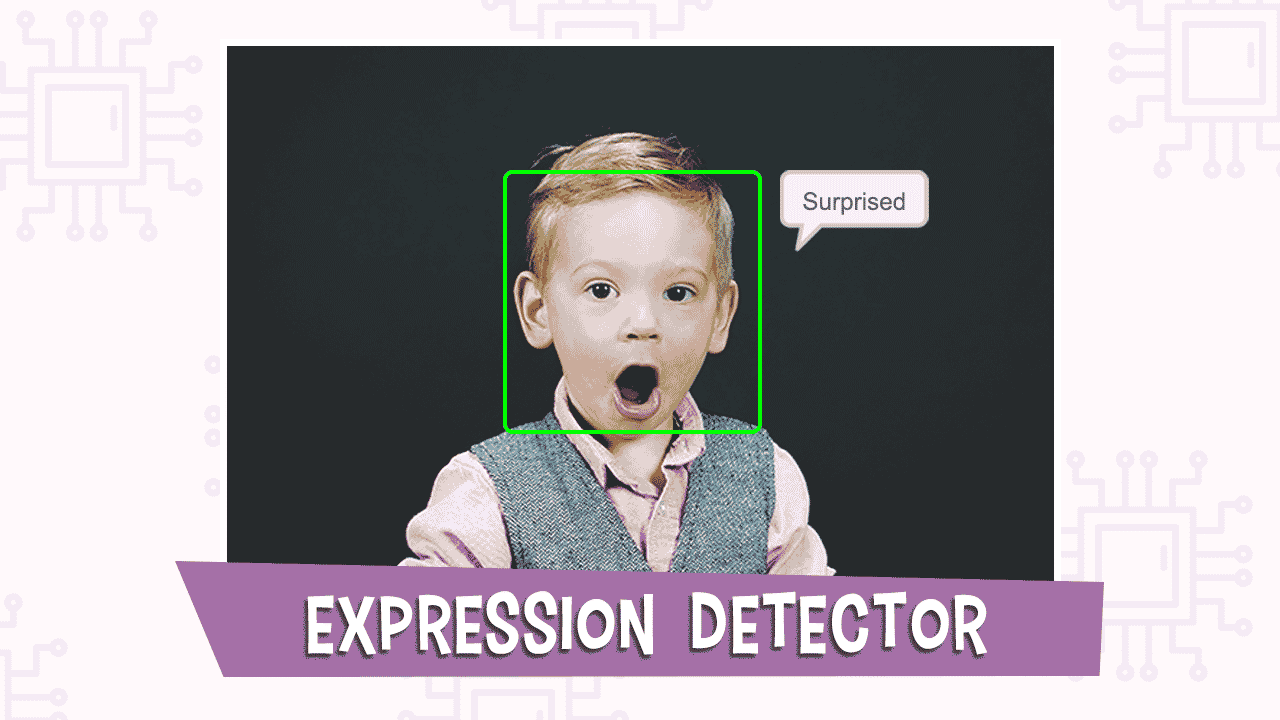 Another simple project where the program uses the camera to detect a face. When the video feed is turned on, the program waits until a face is detected. Once a face is present, it draws a box around the detected face and then uses the program the student wrote to detects facial expressions such as happy, sad, angry and surprised.
Another simple project where the program uses the camera to detect a face. When the video feed is turned on, the program waits until a face is detected. Once a face is present, it draws a box around the detected face and then uses the program the student wrote to detects facial expressions such as happy, sad, angry and surprised. -
Attendance System Using Face Recognition
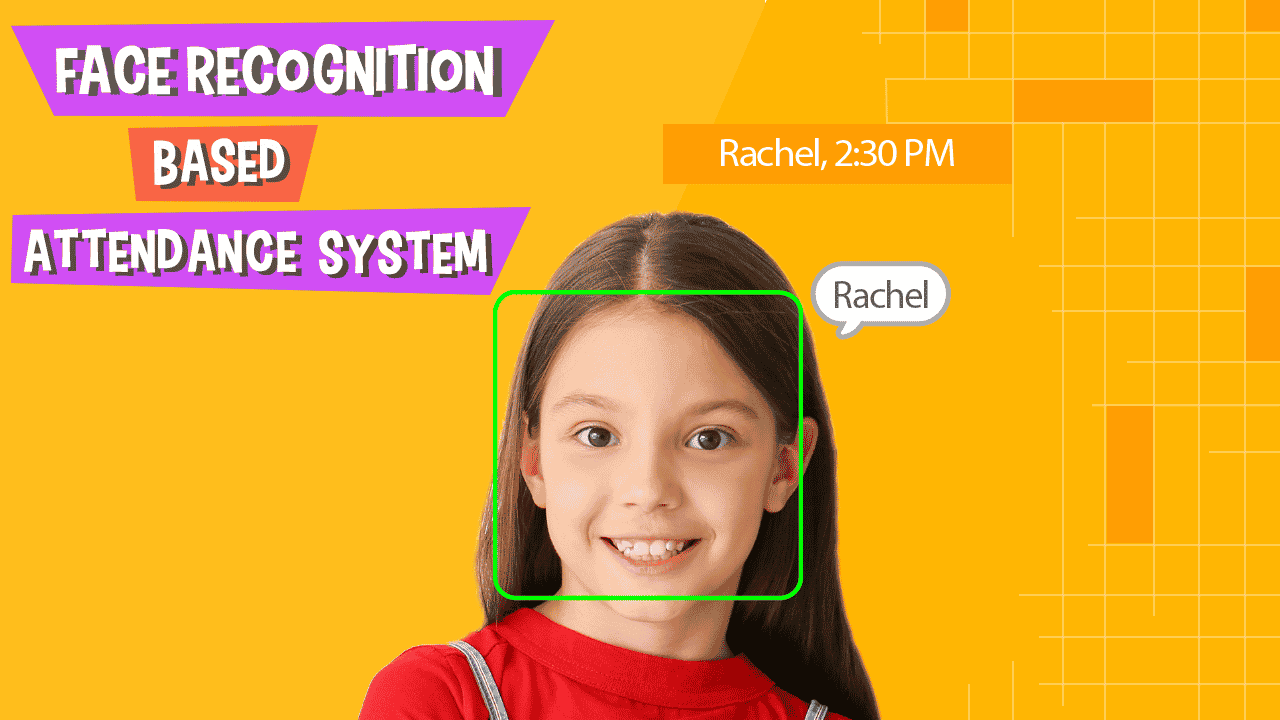 This fun and effective project teaches us how to make an attendance management system based on Face Recognition and store data in real-time. The program will detect a face and then tries to match it with the database of faces, and if there is a match, it will mark that student as “present”. We’ll learn the face recognition cycle, train the model using image data sets and then use the program for data logging. Yes, you can use this for your online classes to automate attendance 🙂
This fun and effective project teaches us how to make an attendance management system based on Face Recognition and store data in real-time. The program will detect a face and then tries to match it with the database of faces, and if there is a match, it will mark that student as “present”. We’ll learn the face recognition cycle, train the model using image data sets and then use the program for data logging. Yes, you can use this for your online classes to automate attendance 🙂You can find the detailed instructions of this project here.
-
Make a Simple ChatBot in Scratch
This is an entertaining project that allows you to create your own chatbot! The student will learn how to make a simple chatbot in Scratch that can ask the user questions and respond in different ways depending on user inputs. All you need is a PC/laptop with an internet connection. You can find the video tutorial here.
-
Rock Paper Scissors Game
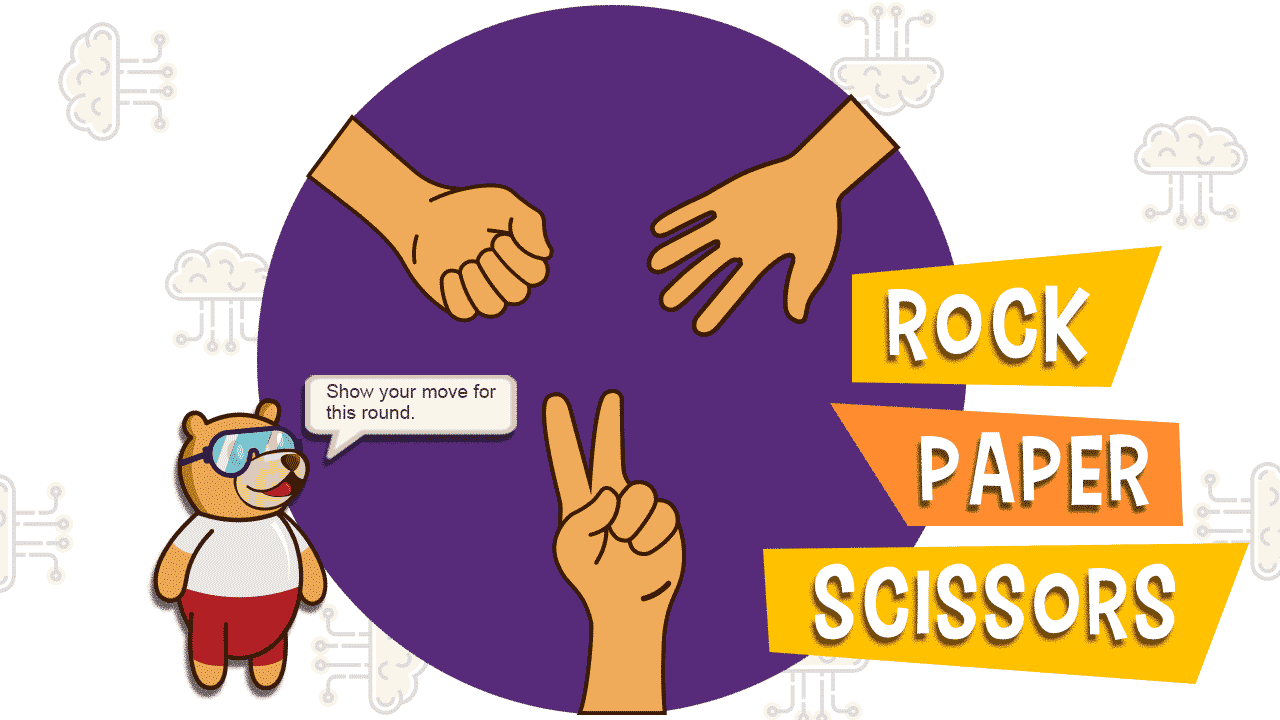
The well-known game of rock paper scissors, now on a PC. In this project, students will first train the machine to learn user inputs for rock, paper and scissors. Once training is complete, students will then build the code to accept inputs, make the computer give its own (rock, paper or scissors) and then evaluate the winner of the round. The first to reach 3 points, wins. -
Gesture Controlled Robot Using Arduino
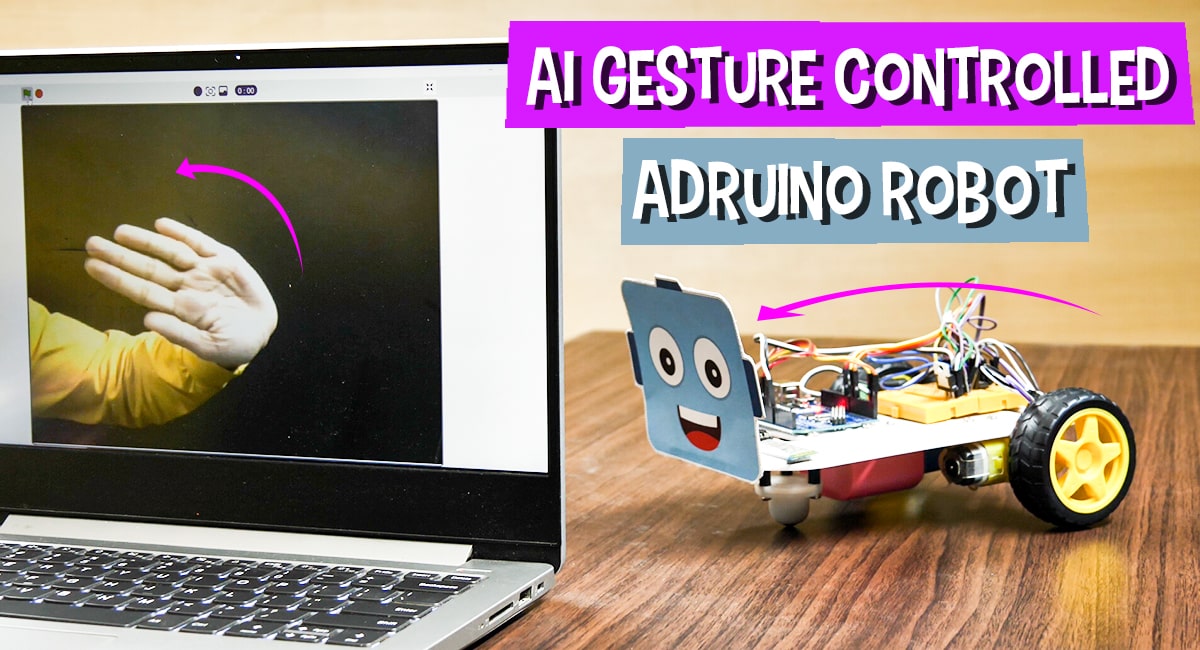
This machine learning project isn’t restricted to a software application. It lets students control a 2-Wheel Drive Robot with hand gestures. This project teaches the students to train the machine learning model to understand hand gestures which will then drive the robot to move forward, turn left and right and also stop. Students will also learn how to teach the model to use the camera to detect their hand and then match the gestures they make.You can find the detailed instructions of this project here.
The ATL AI Step-Up Module – Benefits
The paramount benefit of the ATL AI step-up module is its beginner-friendly nature. It takes into consideration students who have zero experience in programming, let alone AI and teaches everything right from the basics. Programming is taught and done using precoded code blocks and uses platforms such as PictoBlox, Stretch 3 and Cognimates which have a graphical programming interface.
A prominent benefit of the ATL AI Step-up module is that it approaches learning through application. It renders one to understand the AI concepts first and then apply the same through a project or real-world example. This provides relatability to the student and thus, efficiently improves the understanding of the concept.
The ATL AI Step-up module rolled out to over 5000 Atal Tinkering Labs where it will provide increased accessibility to all resources required to learn and do the ATL AI-based projects such as teachers, guides, machines, devices, etc. The ATLs have geared up and equipped themselves so the students have everything they need – to develop the required skill set – at their fingertips.
Also read: New National Education Policy (NEP) 2020: Why It’s What India Always Needed
Add-On AI-Based Projects for ATLs:
“Continuous learning is the minimum requirement for success in any field”
– Brian Tracey
Let’s not stop at the module and look at some more AI-based project ideas which catalyse learning the ATL AI step-up module. We have here various other AI-based projects which are independent of the ATL AI step-up module but still incorporate the learnings from it:
In a Nutshell
Artificial Intelligence is one of the key technologies of the 4th Industrial revolution which will impact the nation’s sustainable development goals. A firm action to ensure our young minds are equipped to use AI to maximize the benefit is the need of the hour.
The ATL AI Step-up module aims to do exactly that and thus, training in AI at this young age will result in innovators, researchers, entrepreneurs and the workforce that will be able to successfully create, invent, and improve everything around us and the world.

